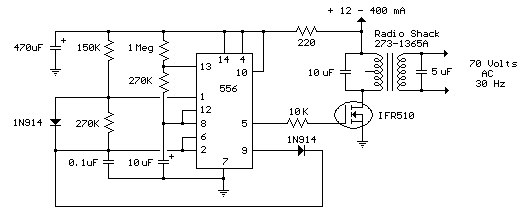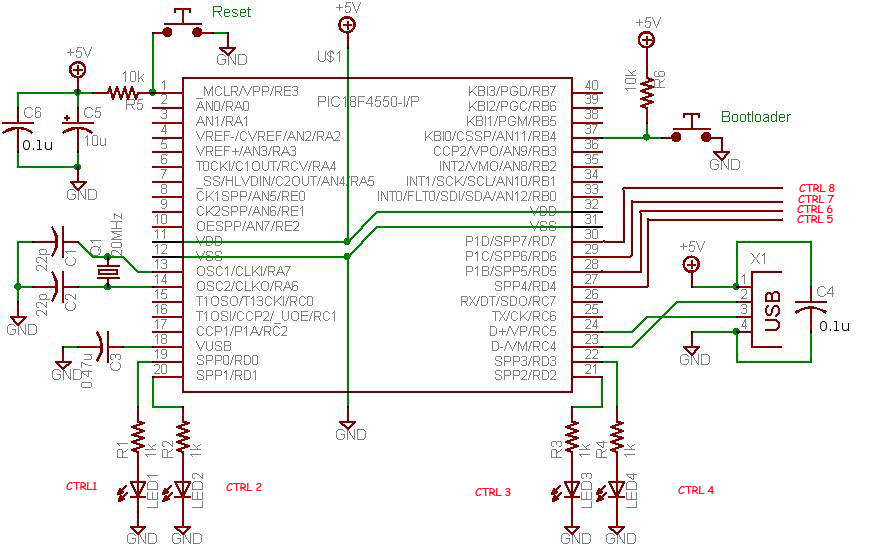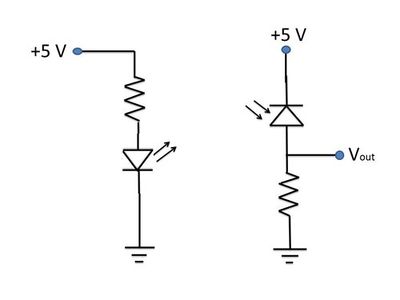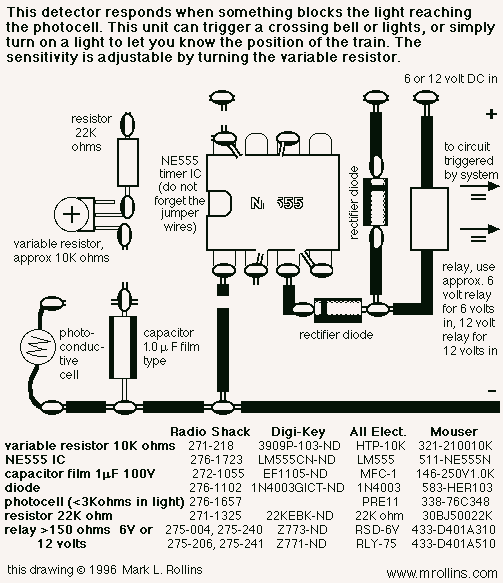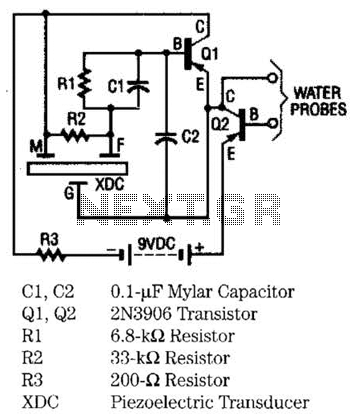
Metal detector using 555
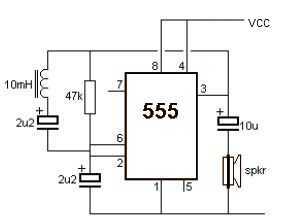
A very simple metal detector electronic project can be designed using a simple 555 timer integrated circuit. As you can see in the schematic circuit, this electronic project requires few external electronic parts. This circuit detects metal and also magnets. When a magnet is brought close to the 10mH choke, the output frequency changes. This metal detector project can be powered from a power supply that can provide an output DC voltage between 6 and 12 volts. If a metal is closer to the L1 coil, it will produce a change of output oscillation frequency, that will generate a sound in the 8-ohm speaker.
The metal detector circuit utilizes the 555 timer IC in an astable mode configuration, which allows it to produce a continuous square wave output. The frequency of this output is influenced by the presence of metal or magnets in proximity to the sensing coil (L1). The circuit includes a choke of 10mH, which serves as an inductor that, in combination with the coil, creates a resonant circuit.
When a metal object is detected, the inductance of the coil changes, which in turn alters the oscillation frequency produced by the 555 timer. This change in frequency is significant enough to be detected by the circuit and is used to drive an 8-ohm speaker, producing an audible sound as a response to the detected metal.
The power supply for this circuit must provide a stable DC voltage in the range of 6 to 12 volts. This allows for flexibility in the choice of the power source, whether it be batteries or an external power adapter. The simplicity of the design, requiring only a few external components such as resistors, capacitors, the choke, and the speaker, makes it an accessible project for beginners in electronics.
The circuit can be further enhanced with additional features, such as sensitivity adjustments or visual indicators (like LEDs), to improve the user experience. However, the fundamental operation relies on the interaction between the 555 timer, the inductor, and the detection of metal through changes in oscillation frequency.A very simple metal detector electronic project can be designed using a simple 555 timer integrated circuit . As you can see in the schematic circuit , this electronic project requires few external electronic parts .
This circuit detects metal and also magnets. When a magnet is brought close to the 10mH choke, the output frequency changes. This metal detector project can be powered from a power supply that can provide an output DC voltage between 6 an 12 volt . If a metal is closer to the L1 coil , will produce a change of output oscillation frequency, that will generate a sound in the 8 ohms speaker .
🔗 External reference
The metal detector circuit utilizes the 555 timer IC in an astable mode configuration, which allows it to produce a continuous square wave output. The frequency of this output is influenced by the presence of metal or magnets in proximity to the sensing coil (L1). The circuit includes a choke of 10mH, which serves as an inductor that, in combination with the coil, creates a resonant circuit.
When a metal object is detected, the inductance of the coil changes, which in turn alters the oscillation frequency produced by the 555 timer. This change in frequency is significant enough to be detected by the circuit and is used to drive an 8-ohm speaker, producing an audible sound as a response to the detected metal.
The power supply for this circuit must provide a stable DC voltage in the range of 6 to 12 volts. This allows for flexibility in the choice of the power source, whether it be batteries or an external power adapter. The simplicity of the design, requiring only a few external components such as resistors, capacitors, the choke, and the speaker, makes it an accessible project for beginners in electronics.
The circuit can be further enhanced with additional features, such as sensitivity adjustments or visual indicators (like LEDs), to improve the user experience. However, the fundamental operation relies on the interaction between the 555 timer, the inductor, and the detection of metal through changes in oscillation frequency.A very simple metal detector electronic project can be designed using a simple 555 timer integrated circuit . As you can see in the schematic circuit , this electronic project requires few external electronic parts .
This circuit detects metal and also magnets. When a magnet is brought close to the 10mH choke, the output frequency changes. This metal detector project can be powered from a power supply that can provide an output DC voltage between 6 an 12 volt . If a metal is closer to the L1 coil , will produce a change of output oscillation frequency, that will generate a sound in the 8 ohms speaker .
🔗 External reference
Warning: include(partials/cookie-banner.php): Failed to open stream: Permission denied in /var/www/html/nextgr/view-circuit.php on line 713
Warning: include(): Failed opening 'partials/cookie-banner.php' for inclusion (include_path='.:/usr/share/php') in /var/www/html/nextgr/view-circuit.php on line 713
